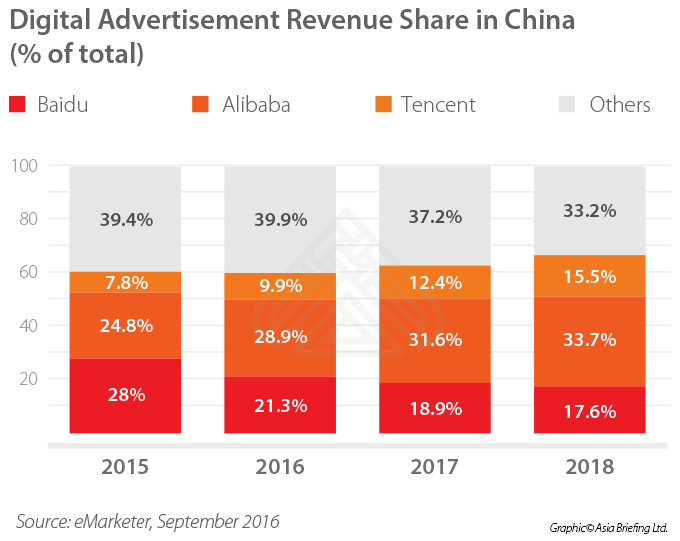Ever since the digitization of the music industry in the late 1990's and early 2000's, especially after the failure of peer-to-peer sharing services like Napster, music streaming music has risen to the top. Spotify, Pandora, SoundCloud, and the fairly recent Apple Music are some of the most popular services. These services can be free, but will usually have advertisements playing to make up for not generating revenue from a user. Otherwise, many have a paid subscription option, which involves a monthly payment for ad-free listening among other benefits. As a consumer, I have had the opportunity to try different services, and for me, one sticks out above the others: Spotify.
What's important to me, as somebody who streams music? Money may be on the mind of most consumers. Companies like Napster found success (at least in the beginning) somewhat because of how appealing it being free was. I am a subscriber to Spotify Premium, specifically the family plan which connects my dad, my sister and I, and has a lower cost than if we all paid for separate single-user plans. Luckily for me, my dad doesn't make me pay any of this cost. However, that is not the average user's situation, so let's assume the typical Spotify Premium, no-family-plan-subscriber is paying the $9.99 per month fee. They are paying for the ability to listen to whatever they want whenever they want, and receive personalized playlists and data summary. A non-Premium user has a limited number of times they can skip songs and must listen to advertisements in between songs. Even if I were paying for my own subscription, I would still pay the $10. It's important to me that I can play the music I want to, since that is why I'm streaming music at all. Some services only require free users to listen to the ads, so Spotify limiting skips and offering Premium benefits help convince consumers to subscribe.
What does Spotify have that other services don't offer? To me, it's the personalization. Spotify makes a Discover Weekly playlist for each user that recommends 30 new songs each week. You get an annual summary of what you listened to that year, there are playlists of songs you've had on repeat lately, four different "Your Daily Mix" playlists-- it's endless. I can't say that every user checks out all these playlists, in fact I've heard from other people that many don't, but I appreciate that they're there. Spotify also has a social component; you can follow your friends' accounts and listen to their playlists. Artists can make playlists for their fans to listen to as well. However, other services offer some of those features as well.
When comparing features and business models, these services can seem fairly similar. In terms of generating revenue, Spotify gets money from subscribers like myself, advertisements, and the collection and sale of user data. However, though some may argue streaming services have significant similarities, Spotify stands out and has succeeded in creating a brand-loyal consumer in me.



















